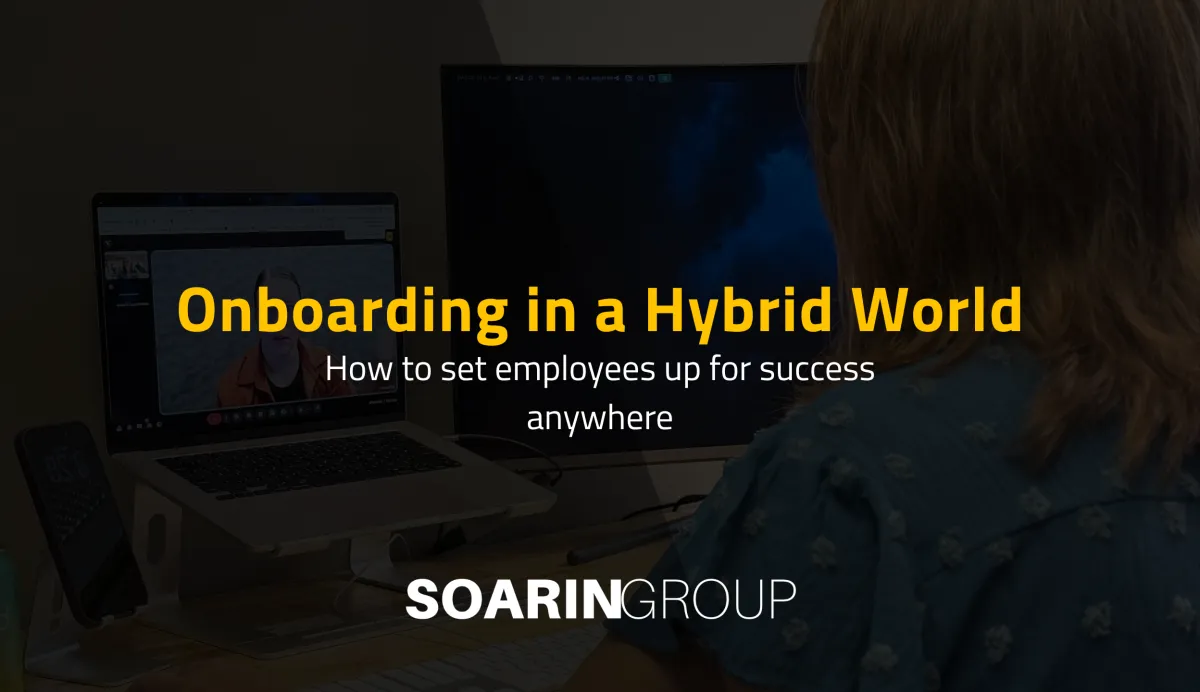
How to Onboard Hybrid Employees Successfully
How to Onboard Hybrid Employees Successfully
The way people work has changed, and so has the way businesses bring new employees into the fold. With hybrid work models becoming the norm, companies face a new challenge: how to onboard employees who split their time between remote and in-office work.
Onboarding has always been about more than paperwork, it’s about setting employees up for long-term success. For hybrid employees, that means ensuring consistency, connection, and clarity no matter where they’re working from.
Why Hybrid Onboarding Matters
A strong onboarding process helps new hires:
Feel confident in their role
Build relationships with teammates
Understand the company’s culture and values
Access the tools and resources they need
For hybrid employees, this foundation is even more important. Without clear processes, they risk feeling disconnected from both the company and their coworkers.
Best Practices for Onboarding Hybrid Employees
Start Before Day One
Send welcome materials, set up accounts, and ensure equipment (both in-office and remote) is ready. A smooth first day, whether at home or on-site, sets the tone.Create a Consistent Experience
Make sure hybrid employees get the same information and training as fully in-office hires. Online modules, recorded sessions, and hybrid-friendly orientation meetings help bridge the gap.Prioritize Connection
Schedule intentional time for team introductions, both virtually and in person. Encourage managers to set up regular check-ins during the first 90 days.Clarify Expectations Early
Hybrid employees need clear guidelines: what work should be done in-office, what’s expected remotely, and how success will be measured.Leverage Technology
Use collaboration tools (like Teams, Slack, or project management software) to keep hybrid employees in the loop, even when they’re not physically present.
Final Thought
Hybrid employees deserve the same clarity, connection, and confidence as any other new hire. With a thoughtful onboarding process, businesses can ensure hybrid workers feel supported from the start—building stronger engagement, productivity, and retention in the long run.
Onboarding isn’t about location, it’s about making employees feel like they belong.
